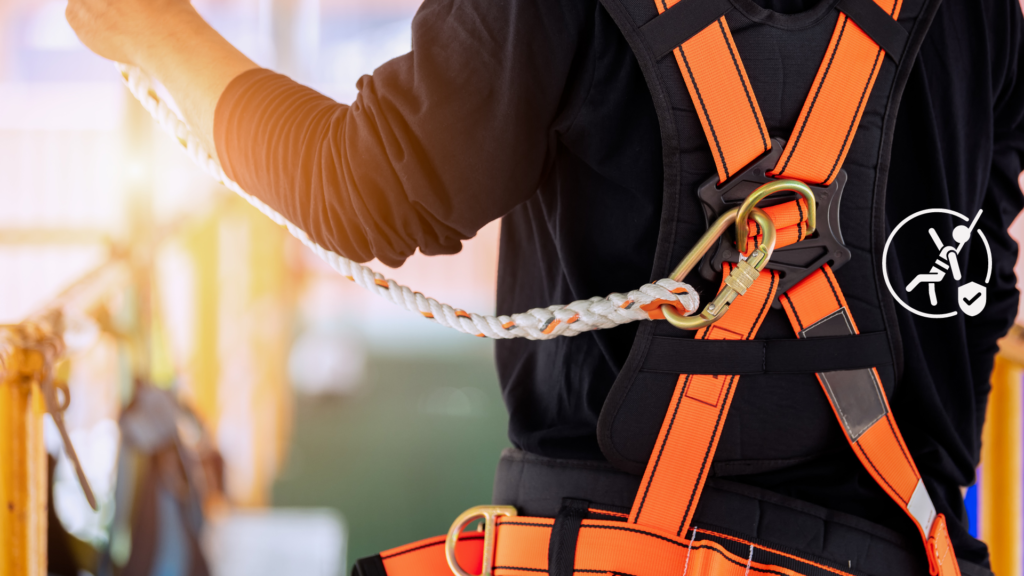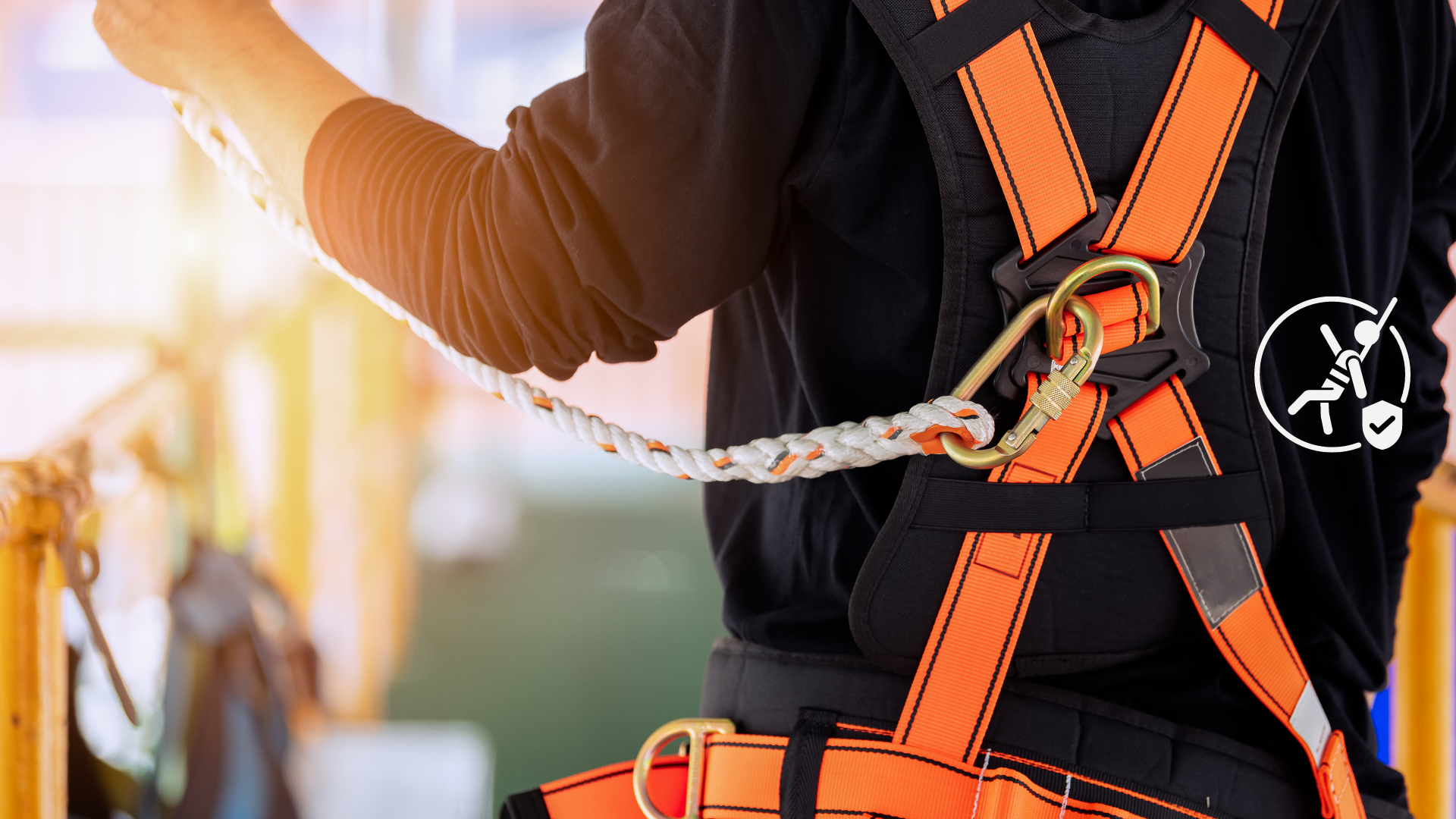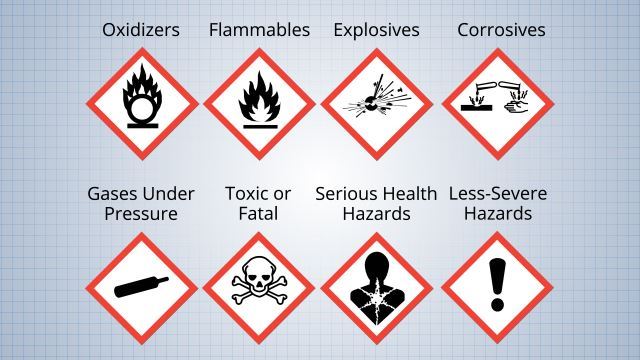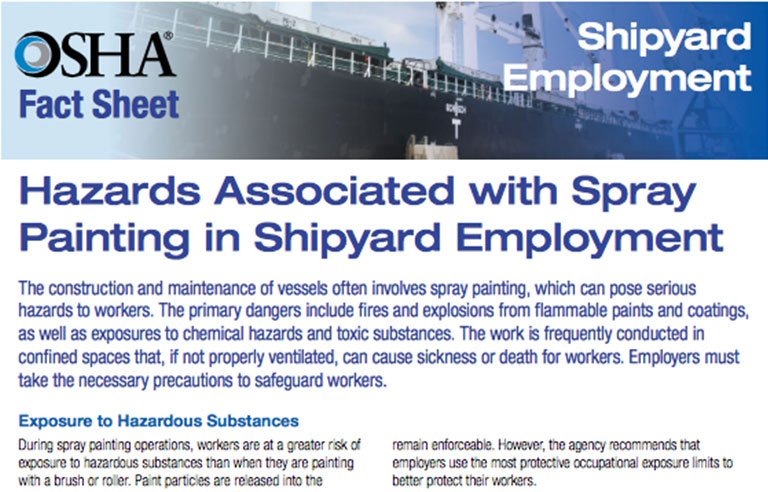The Occupational Safety and Health Administration (OSHA) has revised its standards to enhance worker safety, particularly concerning fall protection. The amendments include significant changes to:
- Fall Protection Requirements: Updated criteria for using personal fall protection systems, including guardrails and safety nets.
- Training Programs: Mandated training for employees on fall hazards and use of protection systems.
- Inspection Protocols: Increased frequency and thoroughness of equipment inspections.
- Recordkeeping: Enhanced documentation for training and incident reporting.
- Underserved Worker Protections: Specific measures for non-English speakers and vulnerable groups.
These updates reflect OSHA’s commitment to reducing fall-related injuries and fatalities.

Overview of Walking-Working Surfaces Regulations
The updated OSHA regulations focus on enhancing safety for workers on various walking-working surfaces. Key aspects include:
- Fall Protection: Mandatory requirements for guardrails, safety nets, and personal fall arrest systems.
- Inspection: Regular inspections of walking-working surfaces to identify and rectify hazards.
- Training: Ensuring workers are trained to recognize and avoid potential fall hazards.
- Housekeeping: Maintaining cleanliness and order to prevent tripping hazards.
- Equipment: Proper use and maintenance of ladders, scaffolds, and other equipment.
These regulations are designed to create safer work environments and mitigate fall-related risks.
Significance of the New Rule
The new rule aims to reduce fall-related injuries and fatalities. By aligning with current technology and safety practices, OSHA enhances worker protection. Key elements include:
- Enhanced Training: Workers receive detailed training on fall hazards and safety measures.
- Updated Equipment Standards: Standards ensure that fall protection equipment meets optimal safety criteria.
- Increased Employer Accountability: Employers must provide comprehensive inspection and maintenance of safety gear.
- Uniformity Across Industries: The rule applies uniformly, safeguarding workers in various sectors.
- Compliance Deadlines: Clear implementation timelines facilitate the transition to the new standards.
The rule’s impact strengthens overall workplace safety culture and adherence to best practices.
Key Changes in Fall Protection Systems
OSHA has implemented several key changes in fall protection systems to enhance worker safety. Key changes include:
- Increased Training Requirements: Employers must provide more comprehensive training on fall hazards and the proper use of fall protection equipment.
- Enhanced Equipment Standards: Stricter guidelines on the use of body harnesses, lanyards, and other fall protection devices.
- Improved Inspection Protocols: Regular inspections of fall protection equipment and systems are mandatory, ensuring they meet safety standards.
- Greater Employer Accountability: Employers must document fall incidents and corrective measures, fostering a culture of accountability and continuous improvement.
Specific Compliance Requirements for Employers
Employers must adhere to OSHA’s updated fall protection standards. Key requirements include:
- Personal Fall Arrest Systems (PFAS)
- Ensure proper use of PFAS.
- Inspect PFAS before each use.
- Training Programs
- Provide comprehensive fall hazard training.
- Conduct periodic retraining sessions.
- Guardrail Systems
- Install guardrails on elevated work surfaces.
- Ensure guardrails meet height and construction specifications.
- Safety Nets
- Implement safety nets where other systems are impractical.
- Regularly inspect and maintain safety nets.
- Worksite Assessment
- Conduct thorough assessments for fall hazards.
- Establish and enforce a written fall protection plan.
guardrail-components-standard-and-best-fit-applications/
Impact on Different Industries
Industries such as construction, manufacturing, warehousing, and healthcare experience varied impacts from updated OSHA standards:
- Construction: Requires enhanced scaffolding, guardrails, and safety net systems.
- Manufacturing: Emphasis on fixed ladders, catwalks, and fall protection systems.
- Warehousing: Necessitates safety measures for high-reaching tasks and mezzanine areas.
- Healthcare: Focuses on preventing patient-handling falls and ensuring secure footing in wet areas.
- Telecommunications: Mandates improved personal fall arrest systems for tower work.
Each industry faces unique challenges and must implement industry-specific solutions to adhere to OSHA’s protective measures effectively.
Training and Implementation for Employees
Ensuring employees understand the updated OSHA standards requires comprehensive training programs. Training should cover:
- Recognizing potential fall hazards
- Proper use of fall protection systems
- Inspection and maintenance procedures for safety equipment
- Emergency response protocols
Regular refresher courses should be scheduled to reinforce knowledge and address new safety updates. Employers must:
- Conduct hands-on training sessions
- Utilize visual aids and simulations
- Provide access to detailed OSHA resources
- Develop a feedback mechanism to assess training effectiveness
Additionally, managers should closely monitor implementation and adherence to ensure compliance with safety standards. Proper documentation and record-keeping are essential.
Role of Technology in Ensuring Compliance
Technology plays a crucial role in maintaining OSHA compliance for fall protection. Safety managers leverage various tech solutions to enhance worker safety and streamline reporting:
- Wearable Devices: Sensors monitor worker movements, detecting potential falls and alerting supervisors in real-time.
- Drones: Inspect high-risk areas without endangering human workers, providing high-resolution images for safer planning.
- Software Solutions: Safety management systems track compliance activities, generate reports, and schedule training sessions.
- Virtual Reality (VR): Simulates hazardous conditions, offering immersive training experiences to prepare workers for real-world scenarios.
Employing these advanced tools ensures adherence to updated OSHA standards, significantly reducing fall-related incidents.
https://hsseworld.com/what-is-the-difference-between-fall-protection-and-fall-prevention/
Case Studies of Non-Compliance and Lessons Learned
Contractor Incident in Oklahoma
A construction company in Oklahoma faced severe penalties for failing to provide adequate fall protection for its employees. Workers were observed working on roofing projects without harnesses or guard rails.
- Issue: Lack of fall protection devices.
- Consequence: $120,000 in fines.
- Lesson: Implementation of fall protection plans is crucial.
Warehouse Mishap in New Jersey
A warehouse in New Jersey was cited after an employee fell from a mezzanine level. The company had not installed guardrails or safety nets.
- Issue: Absence of guardrails.
- Consequence: $75,000 in penalties.
- Lesson: Regular safety audits can prevent oversights.
Manufacturing Plant in Texas
A manufacturing plant in Texas received citations for employees working atop machinery without proper fall arrest systems.
- Issue: Inadequate fall arrest systems.
- Consequence: $90,000 in fines.
- Lesson: Continuous training on using fall arrest systems is necessary.
Best Practices for Maintaining Safety
- Conduct Regular Inspections: Ensure all equipment is in proper working condition by routinely checking for wear and tear.
- Provide Training: Employees should receive thorough training on fall protection protocols annually.
- Utilize Guardrails: Install guardrails around all open edges and holes to prevent falls.
- Use Safety Nets: Deploy safety nets in areas where fall risks exist and guardrails are not feasible.
- Wear Personal Protective Equipment (PPE): Workers must use harnesses and lanyards when working at height.
- Implement Safety Plans: Develop comprehensive safety plans that include emergency procedures for fall incidents.
- Offer Supervision: Appoint trained safety supervisors to monitor compliance with safety practices.
- Limit Load Capacities: Adhere to manufacturer guidelines on the load capacities of scaffolding and ladders.
Future Trends and Developments in OSHA Regulations
Emerging technologies and evolving workplace environments influence OSHA’s future regulatory approach. Expected trends include:
- Enhanced Standards on Equipment: More specific guidelines for wearable safety tech and fall protection gear.
- Technological Integration: Increased use of drones and AI for workplace inspections and hazard identification.
- Data-Driven Insights: Leveraging big data to predict and mitigate risks proactively.
- Training and Education: Mandating advanced, scenario-based training programs for workers at risk of falls.
- Global Alignment: Aligning standards with international safety regulations to ensure consistency.
Implementing these trends can significantly bolster workplace safety and reduce fall-related incidents.
Conclusion and Final Thoughts
Moving forward, applying OSHA’s updated standards is pivotal. Prioritizing worker safety and rigorous adherence to these guidelines can lead to significant reductions in fall incidents.
- Employers must implement comprehensive training.
- Regularly inspect and maintain fall protection equipment.
- Create a culture of safety and proactive hazard identification.
Employers are required to maintain meticulous records of safety measures. This systematic approach ensures compliance and fosters a safer work environment. Proper application of these updated standards is integral for protecting the workforce and maintaining a high standard of workplace safety.
enhancing-performance-health-and-safety-culture/
Read more resources at Safety Bag




